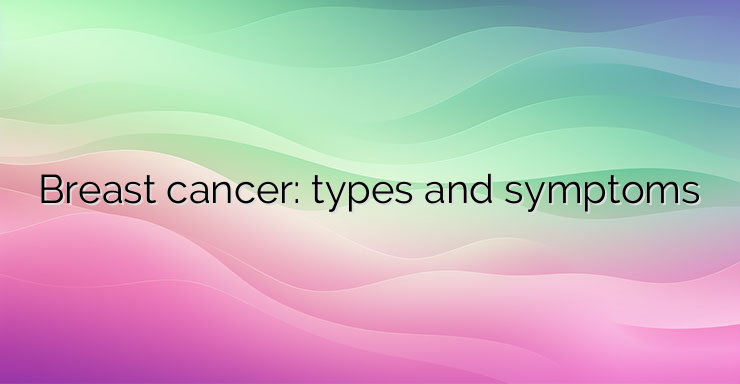Blog TrustedTablets pharmacy
-
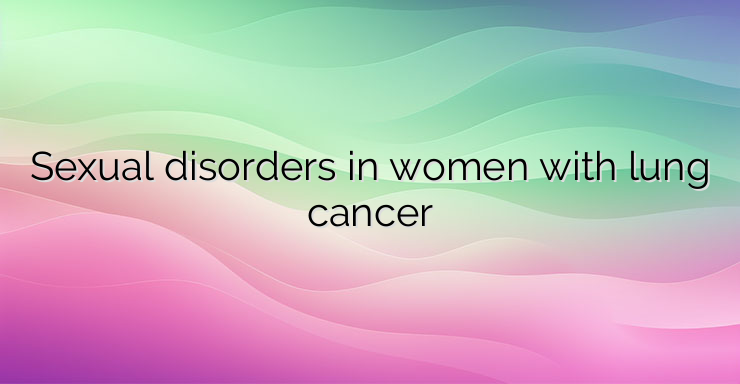
Sexual disorders in women with lung cancer
Sexual dysfunction is very common in women with lung cancer. Many of them note a significantly reduced or complete lack of desire for sexual activity. New research led by Dr. Narust Florez, associate director of the Cancer Equity of Care Program at the Dana-Farber Cancer Institute, analyzed the sexual desires of women with lung tumors.…
-

Cervical cancer risk factors and HPV infection
Cervical cancer is caused by infection with the human papilloma virus – HPV. This leads to tumorous changes in the cells of the lining of the cervix. This process takes place slowly – a period of between 10 and 15 years of chronic exposure of the virus to the cervix is necessary. It is transmitted…
-

Risk factors for breast cancer
For some patients, the risk of developing breast cancer is higher regardless of lifestyle. What are the risk factors? Gender: Over 99% of breast cancers are diagnosed in women; Age: about 80% of breast cancers are diagnosed in women over 50 years old, 20% of them – in women under 50 years old, half of…
-
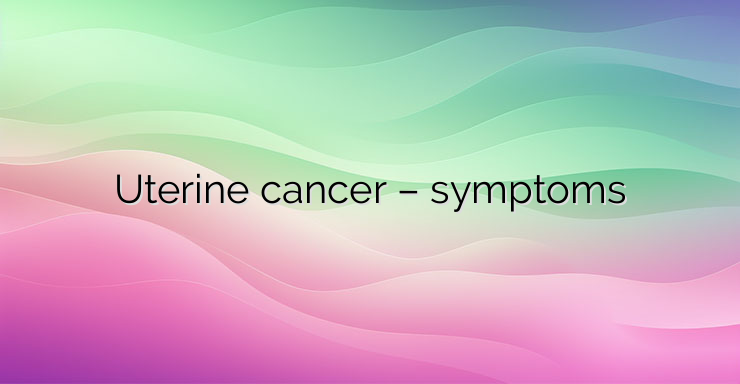
Uterine cancer – symptoms
Uterine cancer includes two types of cancer: endometrial carcinoma (more common) and uterine sarcoma. Uterine cancer is a general term that describes: Endometrial cancer that develops in the endometrium, the inner lining of the uterus. It is one of the most common gynecological cancers affecting the female reproductive system. Uterine sarcoma that develops in the…
-
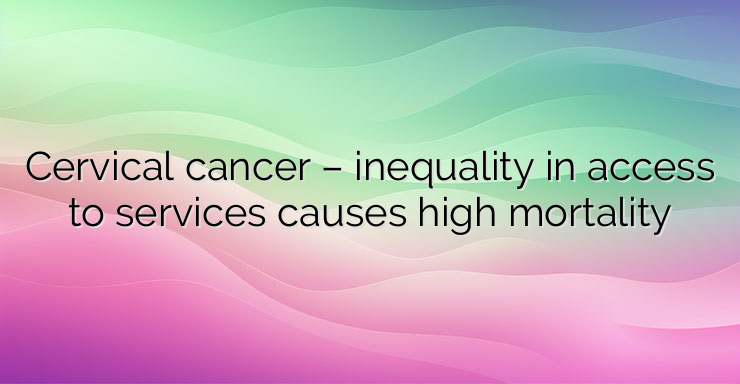
Cervical cancer – inequality in access to services causes high mortality
Cervical cancer is the fourth most common cancer in women worldwide, with an estimated 604,000 new cases and 342,000 deaths in 2020. The highest rates of cervical cancer incidence and mortality are in countries with low and average incomes. This reflects major inequalities driven by lack of access to national human papillomavirus vaccination, cervical screening…
-

Puberty development in girls begins earlier
Puberty usually begins earlier in girls between the ages of 8 and 13 than in boys, when it starts between 10 and 14. During this period, many physical and psycho-emotional changes are observed in both sexes. For larger girls, puberty starts earlier, while for those with a significantly lower weight, it may be delayed. The…
-
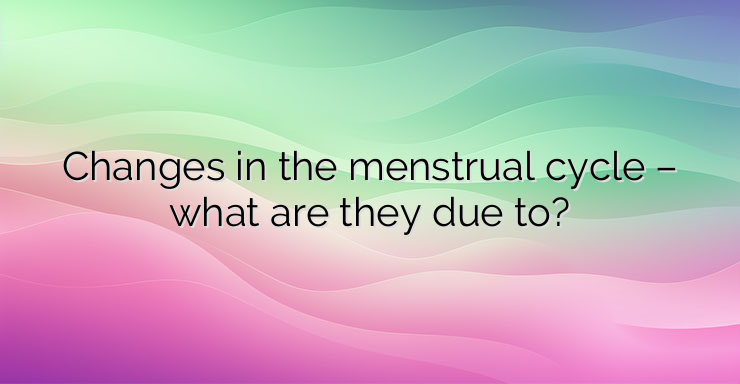
Changes in the menstrual cycle – what are they due to?
Most women have a menstrual period that lasts four to seven days. It usually occurs every 28 days, but a normal menstrual cycle can vary from 21 to 35 days. The average cycle length is 29 days. Many things cause irregular periods such as changes in hormone levels, stress, certain health conditions, medications, and more.…
-

Menopausal changes and regulation of water-electrolyte balance and aging
The stages of the transition to menopause are classified by changes in menstrual bleeding accompanying changes in pituitary gonadotropin follicle-stimulating hormone. The transition to menopause is characterized by wide variability in both follicle-stimulating hormone and estradiol blood levels, so changes in circulating levels of these hormones are not consistent indicators of menopausal status during perimenopause.…
